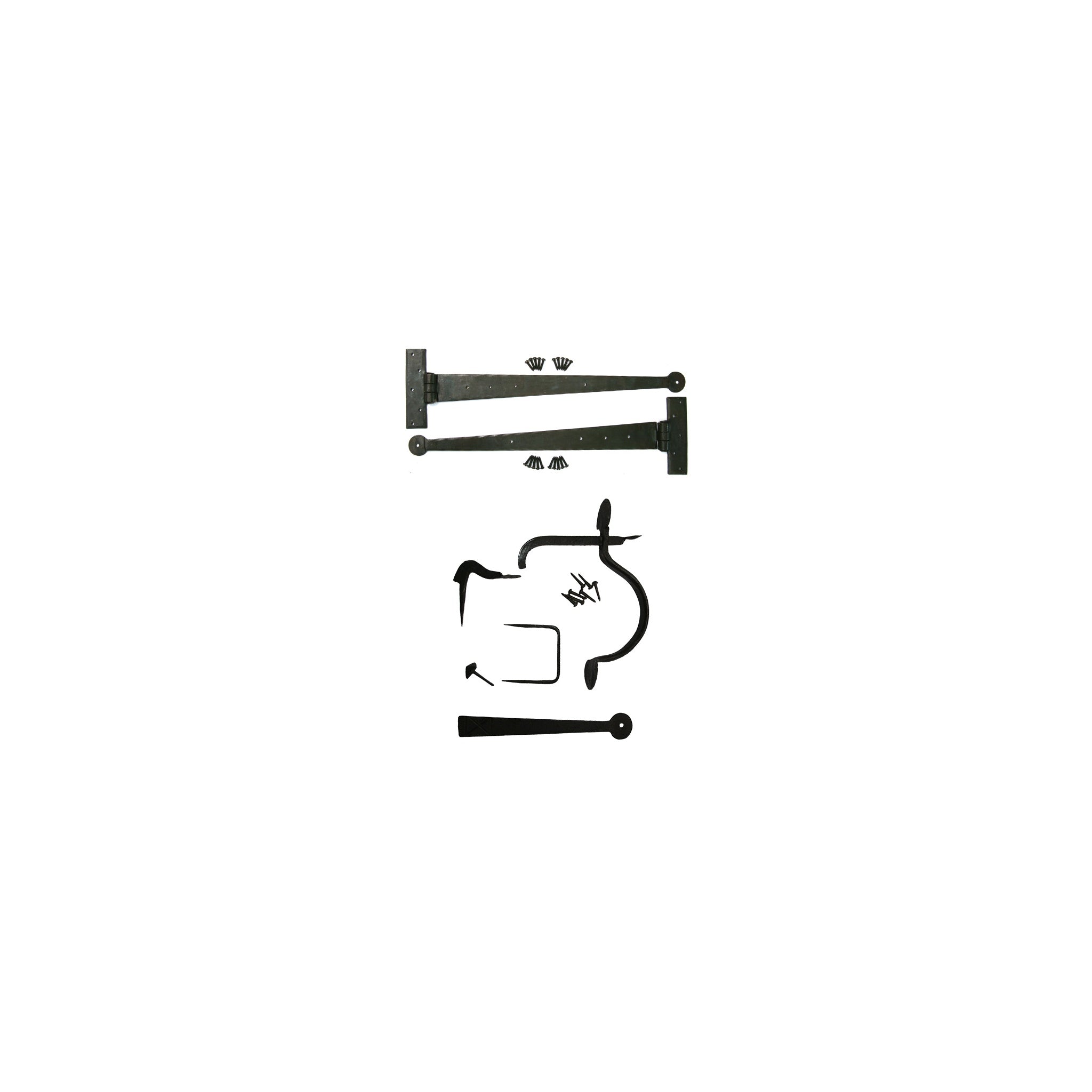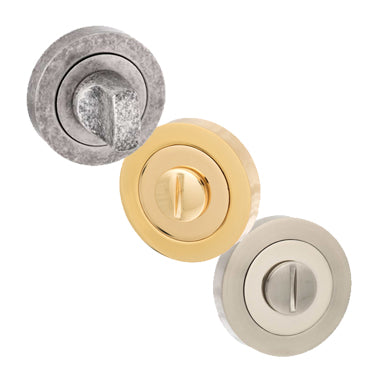Key Takeaways From Article
| Key Takeaways |
Description |
| Design and Functionality |
Bifold doors are best for connecting indoor and outdoor spaces, offering an accordion-like folding mechanism. Regular folding doors slide along a track and are ideal for interior spaces. |
| Installation and Maintenance |
Bifold doors require professional installation and regular maintenance, while regular folding doors are easier to install and maintain, suitable for DIY projects. |
| Cost and Value |
Bifold doors can be more expensive but may increase home value due to their modern design and functionality. Regular folding doors are cost-effective and offer style versatility for interiors. |
| Security Features |
Bifold doors provide enhanced security with multiple locking points, whereas regular folding doors typically have a single lock system. |
| Aesthetic Impact |
Bifold doors offer a modern, seamless look, enhancing indoor-outdoor flow. Regular folding doors add functionality and style to interior spaces. |
| FAQs & Common Concerns |
Regular folding doors are typically easier to install. |
Overview of Bifold Doors
Bifold doors, often seen as a modern and elegant solution, are gaining popularity in contemporary homes and commercial spaces. These doors consist of multiple panels that fold against each other, resembling an accordion when opened. This unique folding mechanism makes bifold doors a perfect choice for those seeking to maximise their space without compromising on style.
The materials used in bifold doors vary widely, offering a range of options to suit different tastes and requirements. From classic wood to durable aluminium and even energy-efficient fibreglass, the choices are diverse. Each material offers its unique benefits, whether it's the warm, natural look of wood or the sleek, modern appeal of aluminium.
Overview of Regular Folding Doors
In contrast, regular folding doors, commonly referred to as sliding doors, operate on a simpler mechanism. They slide along a track, moving effortlessly from one side to another. This traditional design is often found in closets, wardrobes, and other interior spaces, where a door swinging outwards would be impractical.
One of the standout features of regular folding doors is their versatility in design. They can include mirrored finishes, enhancing the visual space of a room while serving a functional purpose. These doors are not just about functionality; they can be a significant decorative element in a room's overall design.
Key Differences at a Glance
| Feature |
Bifold Doors |
Regular Folding Doors |
| Opening Mechanism |
Folds like an accordion |
Slides along a track |
| Space Utilisation |
Maximises available space |
Requires less opening space |
| Material Variety |
Wide range, including aluminium and wood |
Often includes mirrored finishes |
| Design Flexibility |
Customisable for indoor-outdoor flow |
Versatile for interior spaces |
| Aesthetic Appeal |
Modern and elegant |
Traditional and practical |
While both bifold and regular folding doors serve the fundamental purpose of separating and connecting spaces, their mechanisms, materials, and applications differ significantly.
Bifold doors are an excellent choice for those looking to create a seamless transition between indoor and outdoor spaces, whereas regular folding doors are ideal for interior spaces where straightforward functionality is key. As we explore these differences in more depth in the upcoming sections, you'll gain a clearer understanding of which door type best suits your needs.
Opening Mechanism and Space Utilisation
Bifold Doors: Folding Mechanism and Space Efficiency
Bifold doors are designed with a series of panels connected by hinges, folding like an accordion along a track. This unique mechanism allows them to open fully, creating a wide, unobstructed opening that seamlessly merges indoor and outdoor areas. The panels can stack neatly to one side, offering a practical solution for spaces where every inch counts. This feature is particularly beneficial for those looking to integrate large patio areas with their indoor spaces, ideal for entertaining guests or enjoying a connected living experience.
Regular Folding Doors: Sliding Mechanism and Its Impact on Space
On the other hand, regular folding doors, or sliding doors, operate on a simpler mechanism, sliding horizontally along a track. While they are effective in saving space compared to traditional swinging doors, they only allow partial access to the closet or room they enclose. This limitation can be a significant factor in smaller spaces where full access is desired. Sliding doors are a practical choice for areas where the full opening of the door is not frequently required.
Aesthetic and Design Options
Bifold Doors: Styles, Materials, and Customisation Options
Bifold doors offer a wide range of materials, colours, and styles, engineered to complement contemporary home designs. Their ability to fully open up spaces makes them aesthetically pleasing and a popular choice among property owners who value an indoor-outdoor flow. The customisation options extend to hardware and colour choices, allowing for a personalised touch that aligns with the homeowner's style preferences.
Regular Folding Doors: Varieties and Styling Flexibility
Regular folding doors provide a plethora of styling options, from mirrored finishes to various material choices. Their design versatility makes them suitable for a range of interior aesthetics. Whether seeking a
contemporary style, these doors offer the flexibility to match any home decor.
Installation and Maintenance
Bifold Doors: Installation Process and Maintenance Considerations
The installation of bifold doors is more complex due to their folding mechanism and requires professional expertise. They demand regular maintenance, especially in keeping the tracks free of debris for smooth operation.
Regular Folding Doors: Ease of Installation and Maintenance Tips
Sliding doors, by comparison, are easier to install and maintain. Their straightforward sliding mechanism on a single track makes them a viable option for DIY enthusiasts. However, keeping the track aligned is crucial to prevent the doors from coming off track, which can be a potential hazard, especially with mirrored doors.
Functional Benefits and Drawbacks
Bifold Doors:
- Pros: Offer uninterrupted views when opened, increase property value, customisable, more secure with multiple locking points
- Cons: Can obstruct views when closed, may have thermal and drainage issues, occupy space when opened, potentially more expensive
Regular Folding Doors:
- Pros: Modern look, mirrored options can amplify room aesthetics, a wide range of styles, easy installation
- Cons: Limited access to space, potential alignment issues on track
Selecting the Right Door for Your Space
When choosing between bifold and regular folding doors, several factors come into play:
-
Space Requirements: Bifold doors are ideal for maximising space and creating an open, airy feel, especially for connecting indoor and outdoor areas. In contrast, regular folding doors are more suitable for interior spaces where full space utilisation is less critical.
-
Aesthetic Preferences: Bifold doors offer a modern, seamless look, enhancing the visual connection between spaces. Regular folding doors, with their variety in design and potential for mirrored finishes, can add a unique style element to interior spaces.
Enhancing Home Value and Aesthetics
The selection of doors for your home plays a crucial role in influencing both its value and aesthetic appeal. Opting for bifold doors, renowned for their sleek design and practicality, can substantially elevate the value of your property by fostering a sought-after indoor-outdoor living experience. These doors are especially attractive for homes that prioritise contemporary design and open-plan living.
On the other hand, regular folding doors may not have as significant an impact on property value, but they do contribute to enhancing the functionality and style of interior spaces. Their presence can positively influence the overall aesthetic of your home, demonstrating the importance of thoughtful door choices in shaping the character and appeal of your living spaces.
Comparison of Impact on Home Value and Aesthetics
| Feature |
Bifold Doors |
Regular Folding Doors |
| Home Value Impact |
Increases value; desirable for open-plan living |
Less impact, but enhances interior spaces |
| Aesthetic Appeal |
Modern, seamless look; enhances indoor-outdoor flow |
Adds style and functionality to interiors |
Conclusion
In conclusion, both bifold and regular folding doors have their unique advantages and can be tailored to fit the specific needs of your home. Bifold doors are a great option for those looking to create a sense of openness and fluidity between spaces, while regular folding doors offer practical and stylish solutions for interior areas.
With this comprehensive guide, we hope you have gained valuable insights to make an informed decision about the best door type for your space.
FAQs
What are the main differences between bifold and regular folding doors?
Bifold doors fold like an accordion and are ideal for merging indoor and outdoor spaces, while regular folding doors slide along a track, suitable for interior spaces like closets.
Are bifold doors more expensive than regular folding doors?
Generally, bifold doors can be more expensive due to their complex mechanism and customisation options, but the actual cost depends on size, material, and design.
Can bifold doors increase the value of my home?
Yes, bifold doors can enhance property value by creating an appealing indoor-outdoor living space and adding a modern aesthetic.
Are regular folding doors easier to install than bifold doors?
Regular folding doors are typically easier to install due to their simpler sliding mechanism, making them suitable for DIY projects.
Do bifold doors offer better security than regular folding doors?
Bifold doors often come with multiple locking points, providing enhanced security compared to the single lock system generally found in regular folding doors.

































































































































